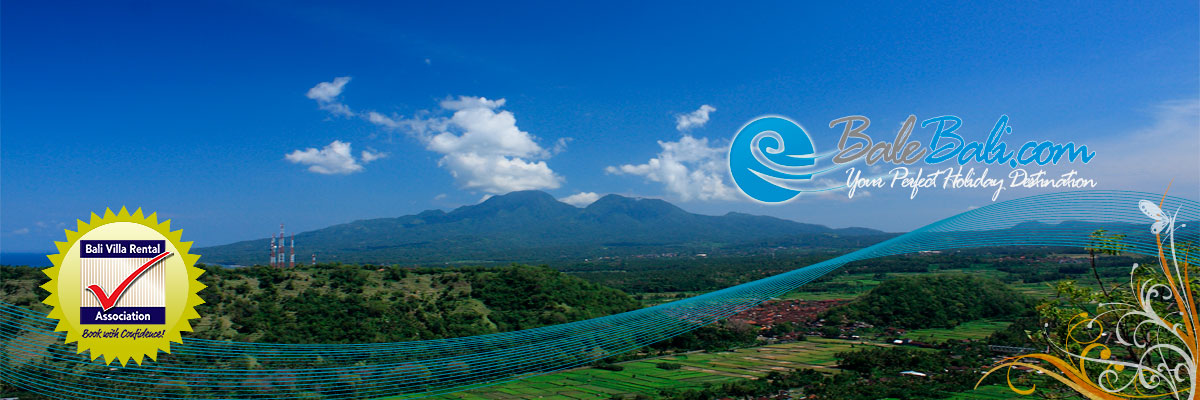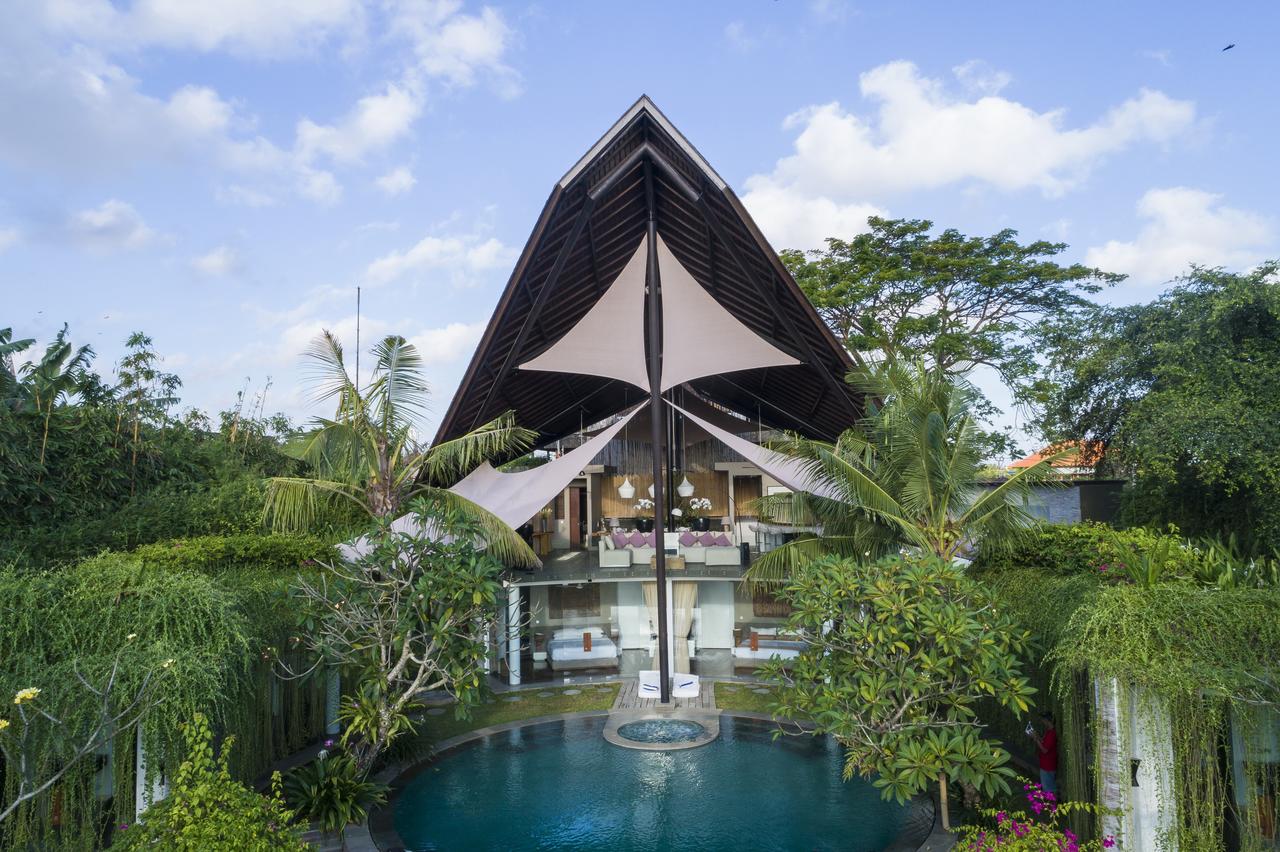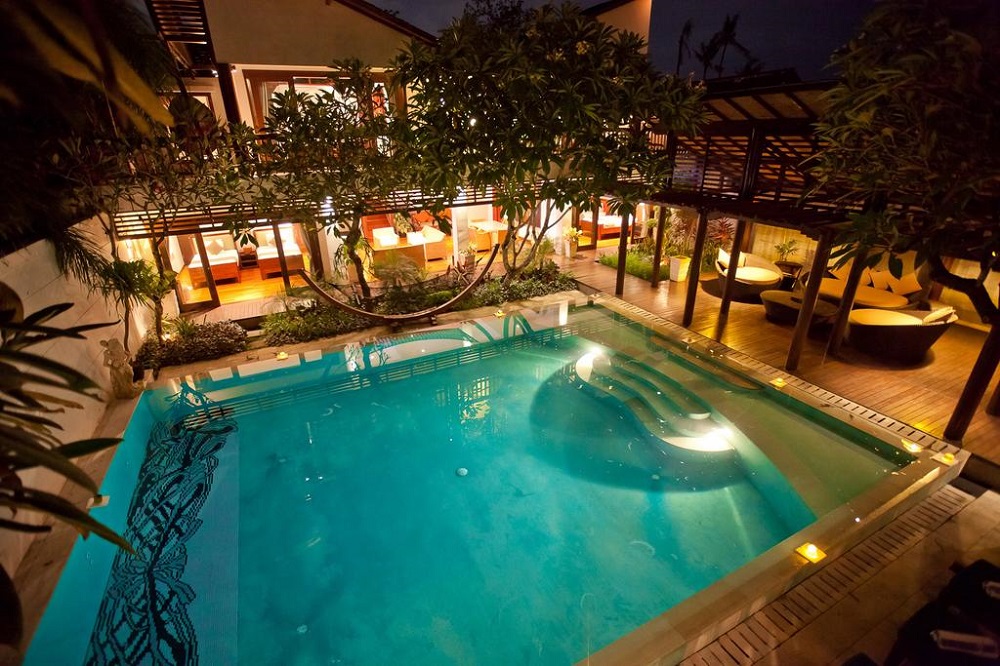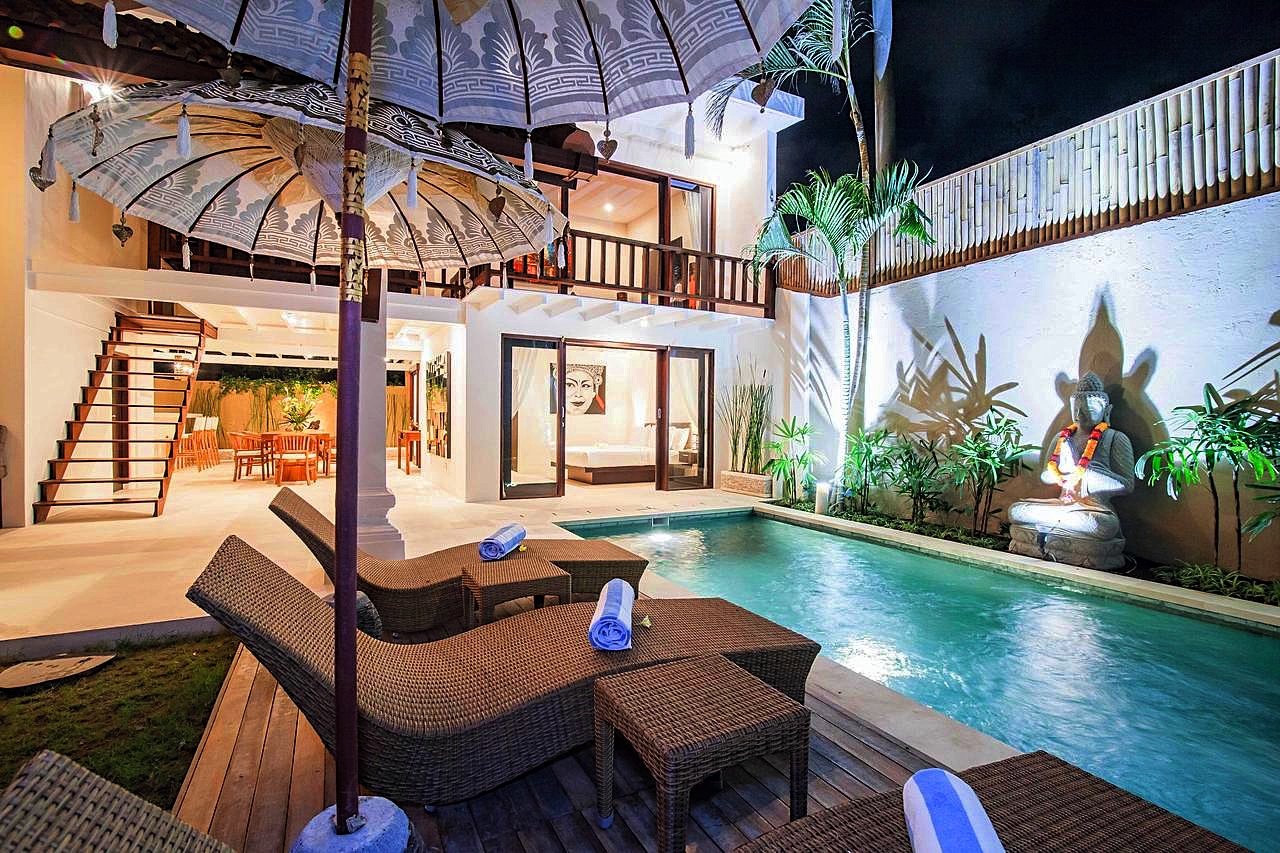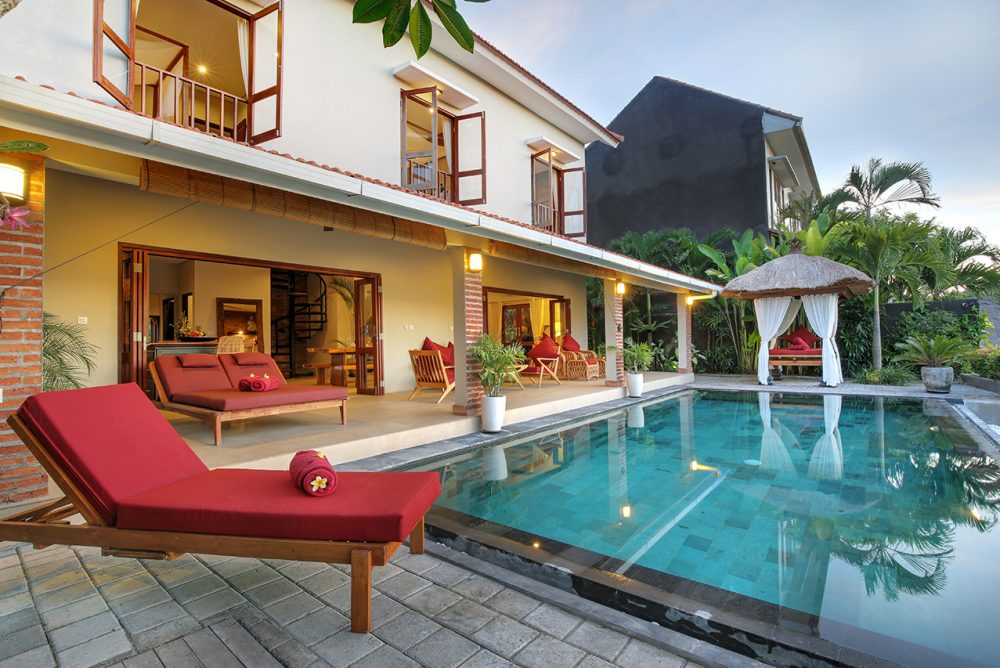Recent Flooding in Bali: What It Means for the Villa Business
Heavy rains and flash floods have recently struck multiple regions of Bali — especially Denpasar, Badung, Jembrana, and Gianyar — causing damage to infrastructure, disrupting transport routes, and affecting villas and other tourism businesses.
This event is more than just a weather inconvenience; it presents both challenges and opportunities for the villa industry in Bali. Below, we explore how villa owners, managers, and potential guests might respond, adapt, and prepare.
Key Impacts of the Flooding on Villa Rentals
-
Disruption of Access & Transport
Roads, underpasses, and key intersections have been submerged. In some areas, access to Ngurah Rai Airport was limited. Villas located in low-lying or flood-prone areas (e.g. certain parts of Denpasar, Legian, Badung) may find guests unable to reach them easily during heavy flooding. -
Guest Safety & Property Damage
Some tourists were trapped inside villas when water levels rose (e.g. in Sanur). There have been evacuations by boat. Villas may suffer water damage to interiors, gardens, pools, and support systems (electricity, drainage). -
Booking and Revenue Uncertainty
Although officials report that hotel bookings are still healthy overall (no major cancellations recorded immediately after the floods), villas in affected zones may face short term cancellations or hesitation from guests concerned about flood risk, logistics, or safety. -
Rise in Demand for Flood-Resilient & Eco-Safe Villas
One significant trend is growing interest in villas built on sloping land, with proper drainage, green spaces, and in areas less prone to waterlogging. Developers are starting to highlight these features. Villas in flood-safe zones and with “eco-friendly” or resilient designs are becoming more attractive & possibly command a premium. -
Infrastructure & Maintenance Costs
Villa owners may face higher costs for repairing flood damage, improving drainage, installing flood mitigation systems, and ensuring consistency of utilities (power, water) during and after storms. Insurance costs may also increase.
What Villa Owners & Managers Should Do
-
Assess Flood Risk for Location
Check elevation, proximity to rivers, drainage systems, and local flood history. Avoid low-lying zones (if possible) or ensure proper flood defenses. -
Improve Drainage & Land Use
Ensure drains are not blocked, upgrade landscapes to allow water runoff, maintain green areas, avoid paving over too much surface without drainage planning. Plant vegetation that helps with absorption. -
Invest in Resilient Design Features
Elevated foundations, flood-resistant materials, waterproofing, backup power, raised entrances, sealed floors and walls in high-risk areas. -
Clear Communication with Guests
-
Be transparent about potential risks (e.g. flood risk near villa).
-
Offer flexible cancellation or rescheduling policies in case of extreme weather.
-
Provide clear instructions and emergency plans (evacuation routes, safe zones).
-
-
Insurance & Emergency Preparedness
Get insurance coverage that includes flood damage. Maintain emergency kits, backup generators, reliable communication systems. Staff training on emergencies. -
Positioning & Marketing
Promote villas that are flood-safe, with eco/design features. These can become unique selling points. Highlight attributes such as green surroundings, elevated views, good drainage, etc.
What Guests Should Consider When Booking Villa During/After Flood Risks
-
Ask about past flood history of the villa and area.
-
Verify how accessible the villa is during heavy rains (roads, underpasses).
-
Check cancellation and refund policies related to extreme weather.
-
Check the villa’s design (if elevated, if drainage is effective, whether building materials are resistant to water damage).
-
Read reviews from recent guests specifically about weather, water, drainage.
Long-Term Outlook & Trends
-
Bali will likely see more frequent extreme weather events as climate change intensifies. The villa business must adapt to this “new normal.”
-
Investment into infrastructure — better drainage, river maintenance, landfill/debris cleanup — will be crucial; local governments are acting.
-
Tourist preferences are shifting toward safer, more resilient accommodations. Villas that are eco-friendly, flood-safe, and situated in less risky zones will gain competitiveness.
The recent floods in Bali serve as a wake-up call for the villa industry. For owners, it's time to proactively invest in resilience and safety. For guests, more careful selection and due diligence are essential. While the risks are real, villas that adapt effectively — combining comfort, safety, and smart design — stand to benefit in the long run.
Bali Villas Articles
- Kelingking Beach Nusa Penida Glass Lift Controversy
- Sustainable Villas in Bali: The Rise of Eco-Luxury Living
- Canggu Bali: Full of Tourists and Villa Developments Even in Low Season
- Seminyak Beach Bali — Still a Luxury Destination Amid Erosion Challenges
- Why Jimbaran Is Bali’s New Luxury Villa Hotspot in 2025 | Bali Villas Guide
- Sambangan Buleleng Bali | The New Hidden Gem for Bali Villa Development
- Amed Villas Development | New Bali Tourism & Villa Investment Destination
- Bali Villas Wedding – A Romantic Escape in Paradise
- Bali Diving Adventure | Explore Bali’s Underwater World Near Luxury Villas
- Bali Trekking Around Bali Hidden Trails and Stay in Scenic Bali Villas
- Bali Villas with Private Pools
- Bali International Hospital Hub with Bali Villas in Sanur
- Bali Visa Guide 2025
- Romantic Bali Villa Getaways
- Digital Nomad Villas in Bali
- Bali Floods Impact on Villa Business
- Bali Villas by the River Face Stricter Rules After Bali Flash Floods
- Best Places to Build a Villa in Bali
- Bali Pause: How the Island’s Moratorium Supports Sustainable Tourism and Responsible Villa Growth
- Where to Stay in Bali for First-Time Visitors: Top 5 Areas for 2025
